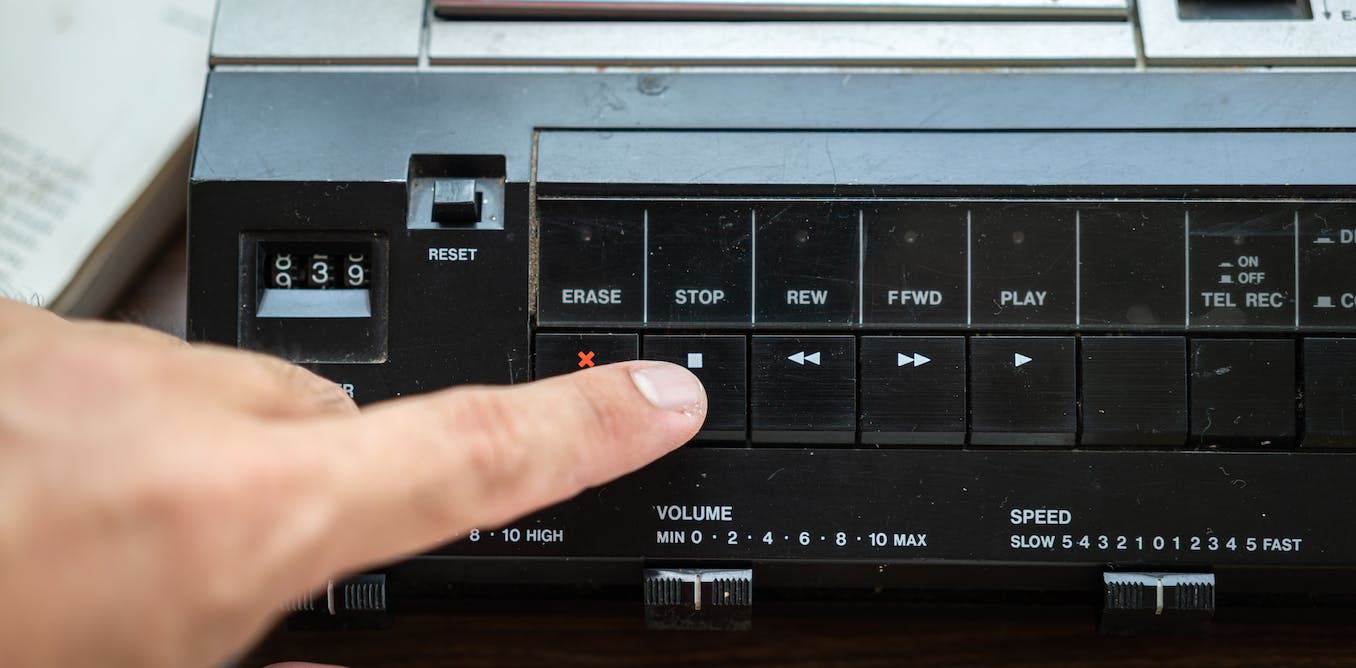The Federal Reserve’s decision to hold rates steady signals that central bankers believe it is time to hit pause, at least temporarily, on their aggressive campaign to tame runaway inflation.
The latest data, not to mention several other factors, however, suggests it’s time for a full stop.
. . .



I feel like the pause on rate hikes is to just avoid spooking the market aka investors. Anyone who works in the industry can tell you investors stomp their feet and cry whenever they don’t get what they want, and what they want is antithetical to the health of the market, so the Fed has to try and increase rates at a pace that doesn’t cause a complete spook/revolt from the investors. But the market is so leveraged I fear 5% may still not be adequate, and we’ll need to be at these rates and higher for a much longer time than the investor class wants to tolerate. Inflation won’t go down until there is some semblance of wealth redistribution from the large capital holders to normal market actors imo.
I mean, the meat of the article is about why it would be a mistake to keep raising rates.
[Emphasis mine]